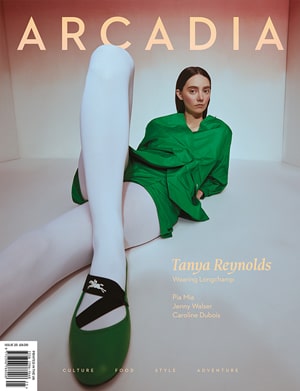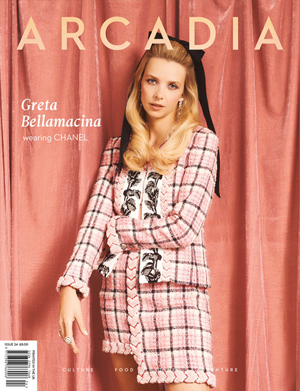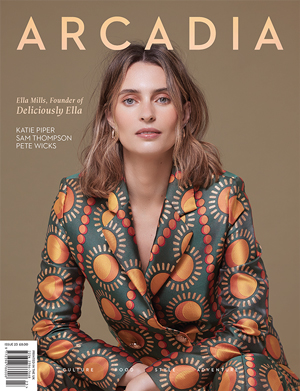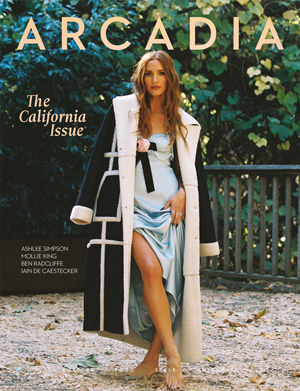In today’s image-saturated world, the ability to transform digital photographs into beautifully presented, tangible works of art is both an art and a science. For professionals and homeowners alike, understanding the intricacies of printing online is crucial to achieving truly refined results. From museum-grade paper to custom mount sizes and handcrafted frames, the modern digital darkroom demands precision at every stage. When considering which company to use for printing and framing art online, it is important to look for services that offer archival-quality materials, user-friendly ordering systems, and tailored framing options, all designed to deliver gallery-level results from the comfort of your home. However, expert outcomes require more than just automation. They rely on a strong understanding of image resolution, paper textures, colour calibration, and aesthetic presentation. Whether you are preparing a limited-edition print run or curating a personal gallery wall, mastering the process can elevate your images from digital files to timeless centrepieces. This guide outlines the key considerations and expert insights to help achieve flawless results every time.
Resolution, File Types, and Colour Profiles
The technical quality of your digital file has a direct impact on the outcome of your print. For professional results, aim for a resolution of 300 DPI at the intended print size. Anything lower risks pixelation, particularly on large formats or textured papers. Avoid relying on automatic upscaling – preserve your image at its native quality wherever possible.
Equally vital is using the correct file format and colour profile. TIFF is preferred for fine art printing due to its lossless quality, while JPEG may suffice for smaller, less critical jobs. Always export in RGB, not CMYK, and use the ICC profile recommended by your chosen print service. This ensures that the colours you see on screen closely match the printed result, provided your monitor is also properly calibrated.
Framing Like a Professional
A well-chosen frame doesn’t just support a print – it enhances it. When ordering online, consider the relationship between your artwork, the mount, and the frame style. Minimalist prints often benefit from thin aluminium or box-style wood frames, while more traditional works pair beautifully with moulded profiles and double mounts. Always opt for acid-free mountboard to prevent long-term discolouration or degradation of the paper.
Glazing is another critical component. Standard glass is fine for everyday display, but for archival or high-value work, UV-protective acrylic or anti-reflective glass is worth the investment. These reduce glare, filter harmful light, and offer a clearer view of the artwork. A reputable online framing service will offer bespoke configurations and mock-up tools so you can visualise the final result. Remember: framing is not just presentation – it’s preservation.
Calibrating Your Workflow
One of the most common causes of print disappointment is a mismatch between on-screen colour and printed output. This is usually the result of uncalibrated monitors. Professional workflows depend on screen calibration using hardware tools like the X-Rite i1Display or Datacolor Spyder, which adjust brightness, contrast, and colour to reflect real-world values.
Additionally, soft proofing within editing software – using ICC profiles supplied by your printing provider allows you to preview how your image will render on a specific paper and printer combination. Without this step, even the most carefully edited image can shift in tone or saturation. For accurate, consistent results, calibration should be checked monthly and carried out in neutral lighting conditions.
How to Use an Online Ordering System Without Compromising Quality
Using a digital platform for professional art reproduction doesn’t mean giving up creative control. A well-built system should enable you to upload high-resolution files, choose from archival papers, and preview bespoke framing options. Prioritise services that offer clear technical guidance on file preparation, colour profiles, and print finishes, along with real-time visual mock-ups to support decision-making.
Equally important is colour management. A professional provider will supply ICC profiles for soft proofing and accept high-quality file formats such as TIFF or maximum-quality JPEGs. Some platforms also offer optional proof prints to verify output. When you work with a service that combines user-friendly tools with expert craftsmanship, such as Beyond Print, you maintain full artistic integrity while benefiting from efficiency and consistency.
Conclusion
Achieving professional results when printing and framing artwork at home requires more than just aesthetic instinct – it demands technical knowledge, precision, and the right tools. From selecting archival paper and framing materials to preparing files with colour-managed workflows, every step influences the final presentation. With high-quality providers such as Beyond Print, professionals and homeowners alike can access premium materials and bespoke services through intuitive digital platforms. By understanding the process and making informed choices, you ensure your photographs and artworks are not only displayed beautifully but also preserved for years to come.







